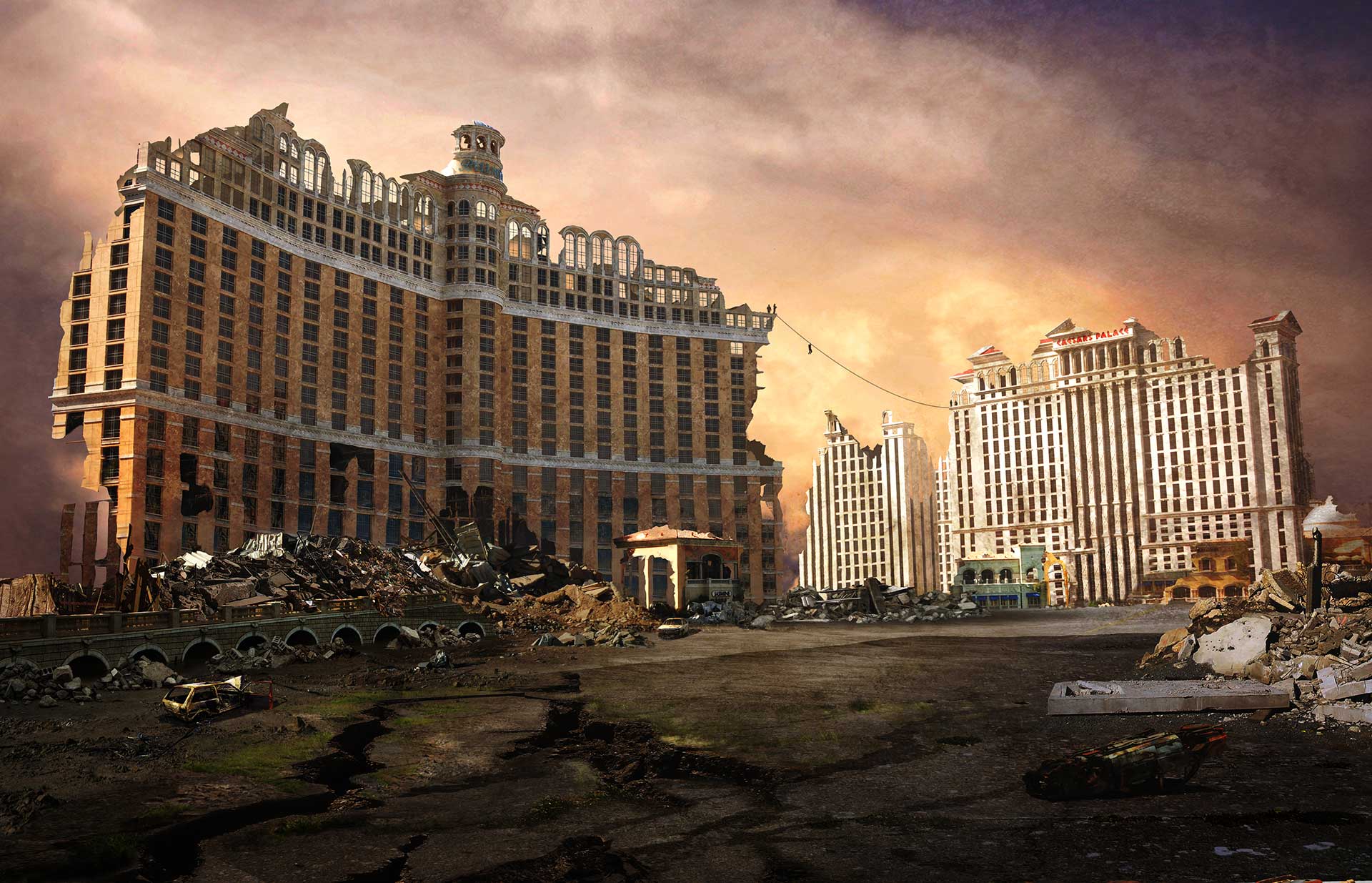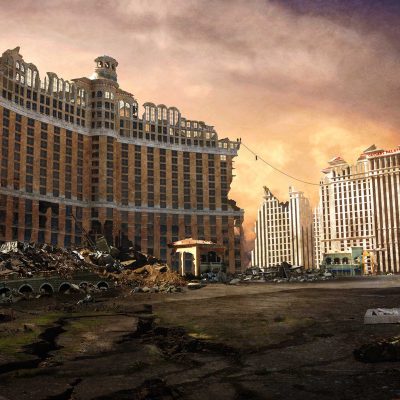MADAM COUNSELOR – THE BACK-TO-SCHOOL EDITION: FAIR USE
It’s the Back-to-School/End-of Summer edition of Ask Madam Counselor—where your copyright and fair use questions about creative endeavors are answered poolside, under a simmering late-summer sun, assisted by the friendly influence of muddled cucumber and gin.
As always my responses are purely for entertainment purposes, and as such I make no representations that reading beyond this point will be remotely worth your time (though you can pretty well bet it will be worth your money).
Today we’ll help a film student apply fair use on her project so she can impress her professor without leaving the best part of her clip on the cutting room floor. (Did you notice how I referred to myself in the plural in that last sentence for no reason? I blame the gin.)
Dear Madam Counselor –
My first project this semester is to make a 15 minute film about how Elvis impacted the history of rock and roll. The prof said don’t use more than 30 seconds of any clip for legal reasons. So naturally I found the PERFECT clip to show how his music correlated with the civil rights movement but it’s 42 seconds long. Is this really a problem? I see professional documentaries all the time with much longer stuff in them. I want to get a good grade, but I don’t want to argue with my professor either. It’s only the second week of school.
Okay, first off, let’s clarify something: even though we’ve all seen it a zillion times on the Internet, there is no actual 30-second legal standard that defines whether or not the use of copyrighted material is acceptable as fair use. It’s a rule of thumb often quoted in business practices to avoid examining on case-by-case whether that particular use of copyrighted material falls under the fair use exception. It’s so much easier to tell your reporters, editors, film students, music students, etc. that it’s okay to use 30 seconds of something than to have to go through a detailed fair use analysis with every piece of footage or music they propose to use.
But the problem is that this is EXACTLY what copyright law requires: a detailed analysis, using four separate (and, frankly, not all together clear) factors, each applied to the proposed use. This problem is compounded by the fact that even going through a detailed application of these four factors doesn’t (SURPRISE!) reveal black and white answers about what is and is not okay. Geez, you’d think copyright law was written by lawyers, or something. It’s pretty hard to manage a business with that kind of murkiness, and in my fifteen years of practicing entertainment law, I found that 101% of business and creative people would rather not have to consult a lawyer every time they want to apply fair use (no offense taken, really), so it’s not hard to understand how this 30-second thing came about, even though it’s meaningless.
So what’s a rule-abiding student filmmaker to do? How do you both follow the law, and appease your professor?
Fortunately for you, the good folks over at the Center for Media and Social Impact have created a Statement of Best Practices in Fair Use for Documentary Filmmakers through a cooperative effort among five documentary filmmakers’ professional associations to help add some clarity to this squishy area of law that affects so many creatives. (If you aren’t a documentary filmmaker, there are also Statements of Best Practices for Visual Arts, Dance, Sound Recordings, Online Video (think YouTube), Poetry, and more—go check them out.)
How does this help you?
This short CBP document takes you STEP-BY-STEP through each of the four factors specifically as they apply to documentaries, teasing out various common scenarios to help you assess whether your specific use falls within the exception for fair use. In addition, at the link above, there are FAQ’s and other helpful resources, such as a section on when you don’t even need to worry about fair use.
The logic here is that if documentarians as a whole are consistently applying the principals of fair use in their filmmaking, this strengthens the legal case for all documentarians who are consistent in their practices if they are ever called into question.
Not only will utilizing this resource reassure your professor about the choices you make incorporating copyrighted material into your project, you might end up teaching him something along the way as well.
Feel free to leave a comment on my website or Twitter if you have any follow up or other copyright questions.
And now, please excuse me while I fetch some ice for my gin.
MC
(Click here to subscribe if it would please you to receive more semi-helpful gems like this in your inbox on a not-too-often basis.)


Recent Comments